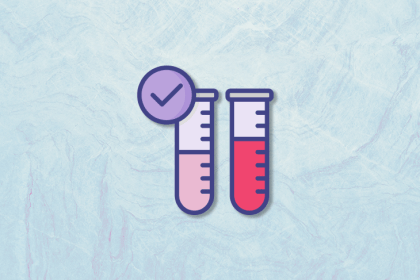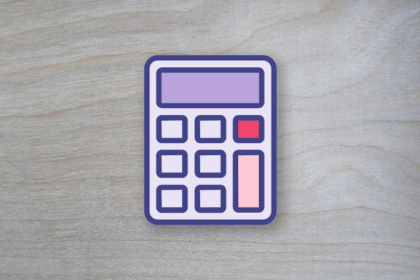
Mean time to repair (MTTR) measures the time required to identify a product failure and bring the product to its normal operating status.

Data may be collected in different places, but it’s ultimately piped into one place where multiple tools and teams can access it. This is a single source of truth.

Empirical evidence is data or information that can be physically observed or measured and is factual instead of personal opinion.

To put it simply, customer analytics allows the product manager to make informed, data-driven decisions and work in an agile way.

A data-driven insight generation loop is a process that maximizes your chances of finding relevant insights from data.

An altitude map displays levels of product metrics visually. It maps out the most relevant metrics and shows how each influences each other.

Net revenue retention is a metric that helps to measure cumulative revenue retained from existing customers by examining revenue.

While many product managers focus on gaining new customers as fast as possible, it doesn’t do much for overall business growth if they leave as quickly as they arrived.

Instrumentation is the process of defining data events and setting up tools to collect and process these events.

Activation is a critical part of every product experience. Higher activation leads to higher retention and more engaged users, ultimately leading to better business outcomes.

Conversion rate optimization is the process of improving the performance of a website, landing page, or app by increasing visitor action.

In this article, you will learn what quantitative analysis is, the different types of analysis tools, and how to implement them.